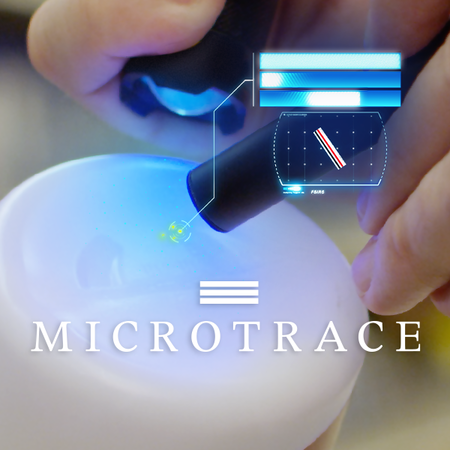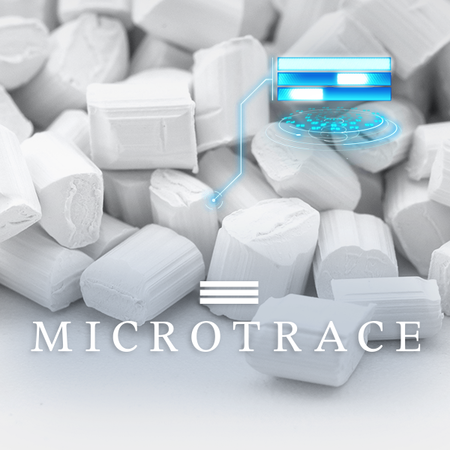The Hidden Power of Taggant Technologies in Plastics

For over forty years, taggant technologies have silently revolutionized the plastics industry.
Employed by myriad sectors ranging from fast-moving consumer goods (FMCG) and retail packaging to pharmaceuticals, construction, and even government identification initiatives, these technologies have played a pivotal role. Taggants imbue plastic products with an additional layer of security and authentication, presenting a formidable challenge to counterfeiters who attempt to replicate or alter these items.
Over the past four decades, taggant technologies have quietly transformed the plastics industry. Sectors like FMCG, retail packaging, pharmaceuticals, construction, and government identification programs heavily rely on these innovations. Taggants add a critical layer of security to plastic products, making it tough for counterfeiters to duplicate or modify them.
Understanding Taggant Technologies
Taggants, distinct in their encoded additives or chemical makeup, blend seamlessly into various plastics. This blending authenticates genuine products. The range of taggant technologies is broad, from invisible, undetectable types requiring special equipment to those easily spotted with cost-effective tools.
Taggants prove highly cost-effective, even in large-volume materials. They merge into plastics without altering the product’s quality, performance, or appearance.
Microtrace: A Pioneer in Taggants

Plastic security masterbatch with taggants. Courtesy of Microtrace.
In the 1980s, Microtrace, LLC, developed the original Microtaggant Identification Particles, spearheading the field of taggant technology. Since then, the company has innovated various taggant technologies and systems for plastics. However, not all taggants in the market offer the same security level.
IR to visible phosphors, for example, are popular due to their easy implementation and detection. While widely used, they don’t suit high-security applications alone.
Microtaggants, on the other hand, are ideal for plastics. They are simple to incorporate, easy to detect with affordable tools, and offer high security.
Enhanced Phosphors, a newer addition, combine IR visible phosphors and UV fluorescent materials within a single particle, offering even more security.
Microtrace also creates customized solutions, developing taggants and detectors tailored to specific needs with its Molecular Taggant System. This system allows straightforward authentication and can detect dilution levels and mix ratios.
Brian Brogger, President/CEO of Microtrace, asserts, “We excel in creating custom, secure taggant solutions, focusing on unique client needs rather than generic approaches.”
Technology Challenges
Implementing taggant technologies brings its own set of challenges.
- Cost Implications: Although beneficial, taggant technology can be expensive. Companies must weigh these costs against the security and traceability benefits.
- Environmental Impact: The ecological footprint of taggants, particularly their biodegradability and toxicity, is crucial. It’s vital to use taggants that don’t harm the environment.
Finally, a successful taggant technology implementation starts with defining application goals and challenges. Then, it’s essential to partner with an experienced company to choose the best solution.
In essence, taggant technologies in plastics blend innovative security with a commitment to sustainability. As the industry evolves, these technologies are leading the way in creating secure, responsible, and future-ready solutions.
